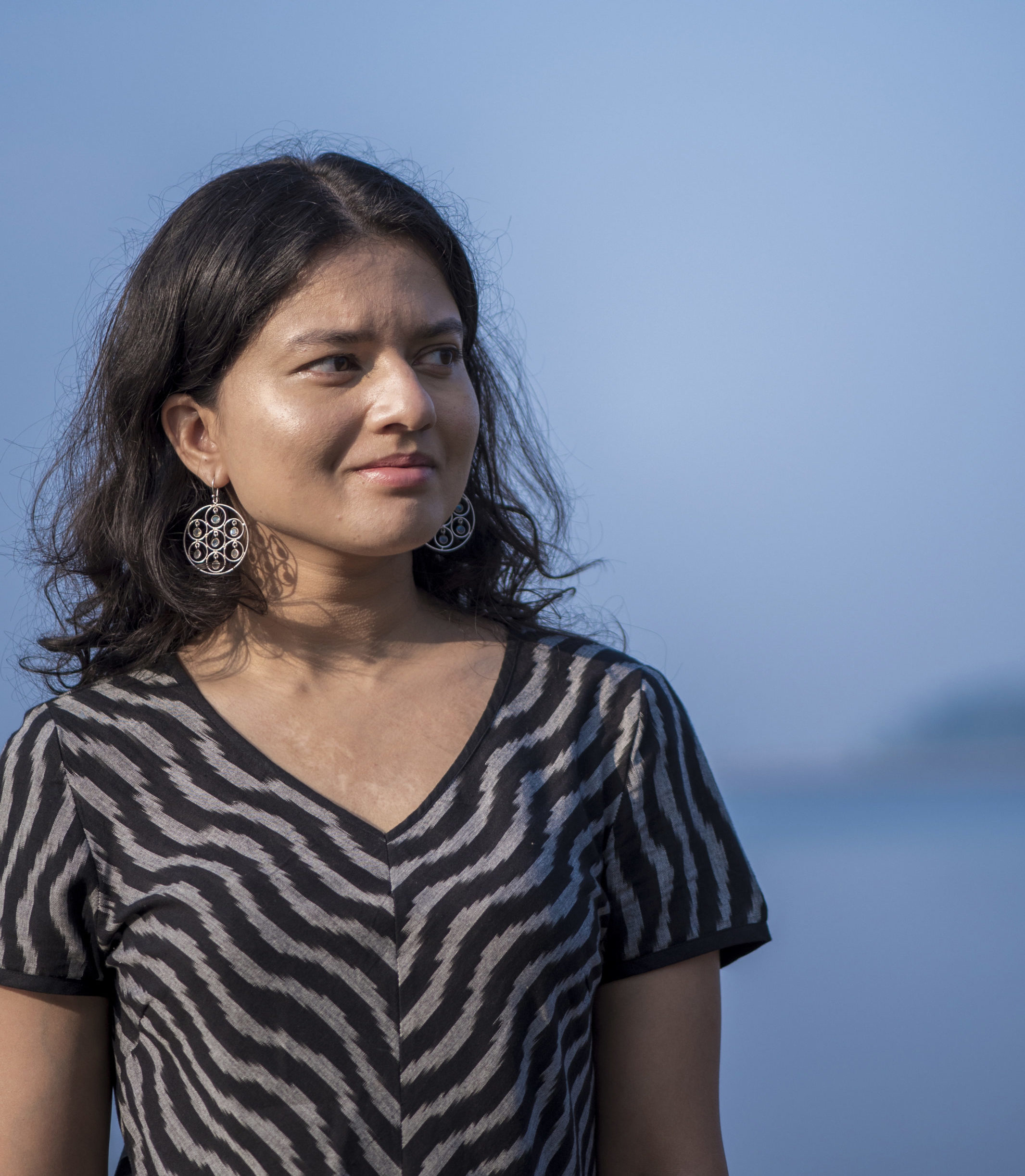Writing About The End of The World, One Flower At A Time
On a monsoon afternoon – while the weather holds – my partner and I explore a hill face carpeted with strobilanthes kunthiana, colloquially known as neelakurinji or kurinji. We have driven two hours from our hotel, past coffee plantations, timber estates, and rain weeds, through thinly populated roads with the occasional storm-felled tree, to witness a mass flowering event that comes around approximately once every twelve years. The two of us are there less than thirty minutes before a caretaker drives by on a scooter and asks us to leave – it appears we are on private land.

In the year that has passed since, the flower, a tubular pink deepening into a bluer hue at the petal tips, has often been on my mind. More accurately, the idea of the flower has occupied my thoughts. That we each have but a handful of chances to see it in our lifetimes is astonishing (and frightening) to me, and I am driven by a desire to know I have seen the flowers as much as a desire to actually sit among them for a minute. It’s an unexpected piece of luck that our trip coincides with the blooming – following their flowering season, the plants perish, leaving behind seeds for the next cycle.
Has the world ever felt as abundant or scarce as it does in the present day?
Maria Popova, a philosopher, observes that “We spend our lives trying to discern where we end and the rest of the world begins.” Little bridges the distance I feel between myself and the world like being in a dhak forest, a flooded rice field, or a tidepool rich with sea urchins. It’s always a relief to be subsumed into the whole again, to know each of us can belong to the world, outside of poems (where we are allowed sentimentality when couched in skill) and fairy tales (where we are offered dreams).
I come from a similar climate to the one I find in the Coorg monsoon. The flora is, for the most part, known to me. The rain, heavy, mercurial, and insistent, is the soundtrack memories of my childhood are set to. I am no stranger to unusual, seasonal blooms – the gloriosa superba and the dragon stalk yam are common monsoon phenomena in my home state, Goa. And I have long loved the sweet taste of rain-spurred mushrooms. In the span of a few days, Coorg’s ecosystem feels familiar to me. Robin Wall Kimmerer, a botanist, explains that such accelerated processing can be due to “…early experience [attuning] the brain to certain stimuli, so that they are processed with greater speed and certainty, so that they can be used again and again, so that we remember.” When I shut my eyes, the Coorg I remember is an expanse of green whose hues have been heightened by the rain. When I shut my eyes, Goa is the same – a verdant canvas stretching out to the horizon. I have probably conflated the two more than is fair, but the satisfying tension between the known and the unexplored that I find in those two weeks in Coorg comes from a deep sense of recognition – one rain-weathered being greeting another.
In the photographs my partner takes of me the first time we see the flowers, I am waist-deep in the blooms. I am nostalgic for that girl in the field of kurinji – some part of me aware I may never see the blooms again, some part of me afraid I won’t know that peace in twenty or thirty years if these spaces are gone. Over the last ninety years, the Western Ghats have lost a significant portion of their forest cover. This crisis is particularly disturbing for one of the world’s most biodiverse regions. In a decade, how much of this land would still be available and suitable for the next gregarious bloom? The kurinji flowers provide a host of bees and butterflies with nectar and share an ecosystem with endangered and endemic animals such as the Nilgiri tahr, Nilgiri marten and Nilgiri langur and birds like the Nilgiri pipit. Will the flowers one day crop up on the edges of buildings in sporadic blooms the way lotuses still spring up in floodplains after they have been built over?
The kurinji became famous, in part, because the blooms covered a whole range at a time (possibly earning the Nilgiris their name). Photographs still suggest an abundance of kurinji flowers, but the spots I visited were truncated by farms and other vegetation. The flowers are vulnerable and sensitive to climate change due to their endemic nature, the balance of mist and rain required for their flowering; as well as human interference such as the destruction of shrubs before they had a chance to set seed, illegal encroachment on this land and deforestation. As a writer, I am torn between the desire to write laments and the desire to write odes for the landscapes of India. For the time being, I have settled for documentation – let someone remember it gave us joy, let someone find a record of the place as it once was.


